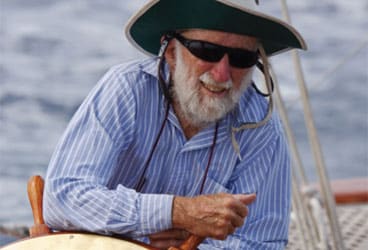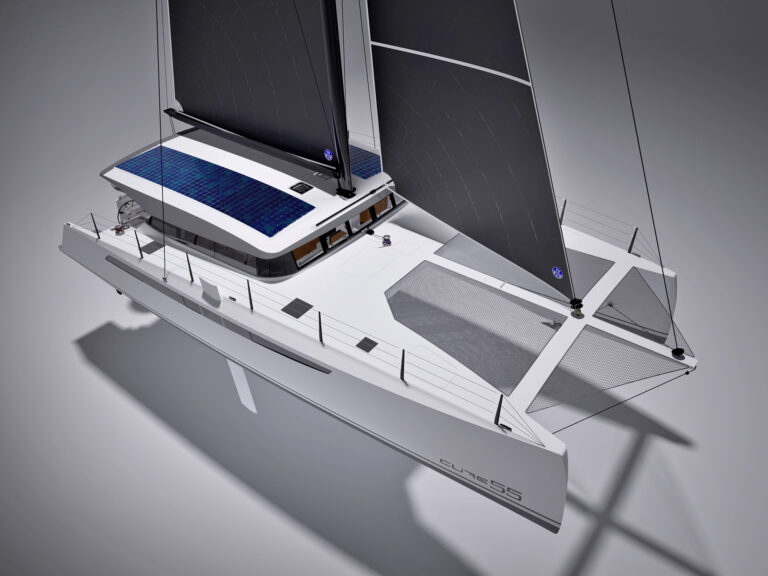
Don Street
Sailors at boat shows line up to get advice from Don Street. And why not: Having authored several authoritative cruising guides, he literally wrote the book on sailing in the Caribbean. Over the course of 60 years’ worth of Atlantic crossings and countless island hops, he’s witnessed his fair share of interesting moments at sea, both aboard his own 1905 wooden yawl, Iolaire, and while racing, cruising, or delivering boats for others. He has the vantage point of having been a marine insurance agent for nearly 50 years; if he hasn’t seen it, he probably knows someone who has, or at the very least, he’s heard about it in some sailors bar while nursing one of his beloved Heinekens.
I mention this to explain that I’ve come to know two things about Don. First, he’s the guy I’m going to ask if I want to know how to sail from Point A and arrive at Point B while relying solely on my ship, crew, and sails. Secondly, I’d rather try and pull a pit bull off the leg of a mailman than attempt to get Don to change the topic once he gets riled about an affront to good seamanship.
So I gave up and listened closely this past fall when Don, disgusted by three recent accounts of sailboats that sank while taking on water—one within 330 miles of Bermuda, another just 50 miles from the Turks and Caicos—declared that it’s high time for offshore-racing entities (ISAF), rally organizers (ARC), and safety-at-sea experts to require a high-capacity manual bilge pump on any bluewater-bound sailboat. Present practice, he notes, is only to recommend two manual pumps of any capacity.
To be more specific, if Don were Admiral of All Seas, he’d make every oceangoing skipper carry an Edson 30-gallon-per-minute single-acting diaphragm pump, either permanently mounted or mounted on an unvarnished board, with two-and-a-half-inch intake and discharge hoses that can reach the bilge and overboard. Rather than a strum box, Don insists that one-eighth-inch bronze or stainless-steel rods should be inserted in an X within the intake line to catch big debris. Everything else will be sucked through the pump and blown overboard. And the pump should be fitted out with a five-foot long handle so the crew “can pump forever,” if necessary.
That was necessary aboard Iolaire on one Atlantic crossing from Bermuda to the Azores. According to Don, Iolaire was hove to in a Force 9 gale, with the crew below enjoying a roast-beef dinner complete with Yorkshire pudding, when the yawl began leaking like a sieve. The cause, they discovered, was a broken bolt in the stem.
“We discovered that if we pumped 10 minutes out of every 30 on our Edson 30, we could keep the bilge level very low. That meant we were pumping more than 500 gallons an hour.” Beating into a strong easterly, they kept it up for 48 hours and arrived safely at Horta, having moved 24,000 gallons of water along the way.
Had the three yachts that got Don into his present lather carried such pumps aboard—plus his recommended T-fitting on the engine’s saltwater-intake hose, to allow the motor to double as a bilge pump—underwriters, he contends, might have saved an estimated $1 million or more in claims.
Makes sense to me.
This article first appeared in the January 2013 issue of Cruising World.
Click here to read more Editor’s Logs from Mark Pillsbury.







